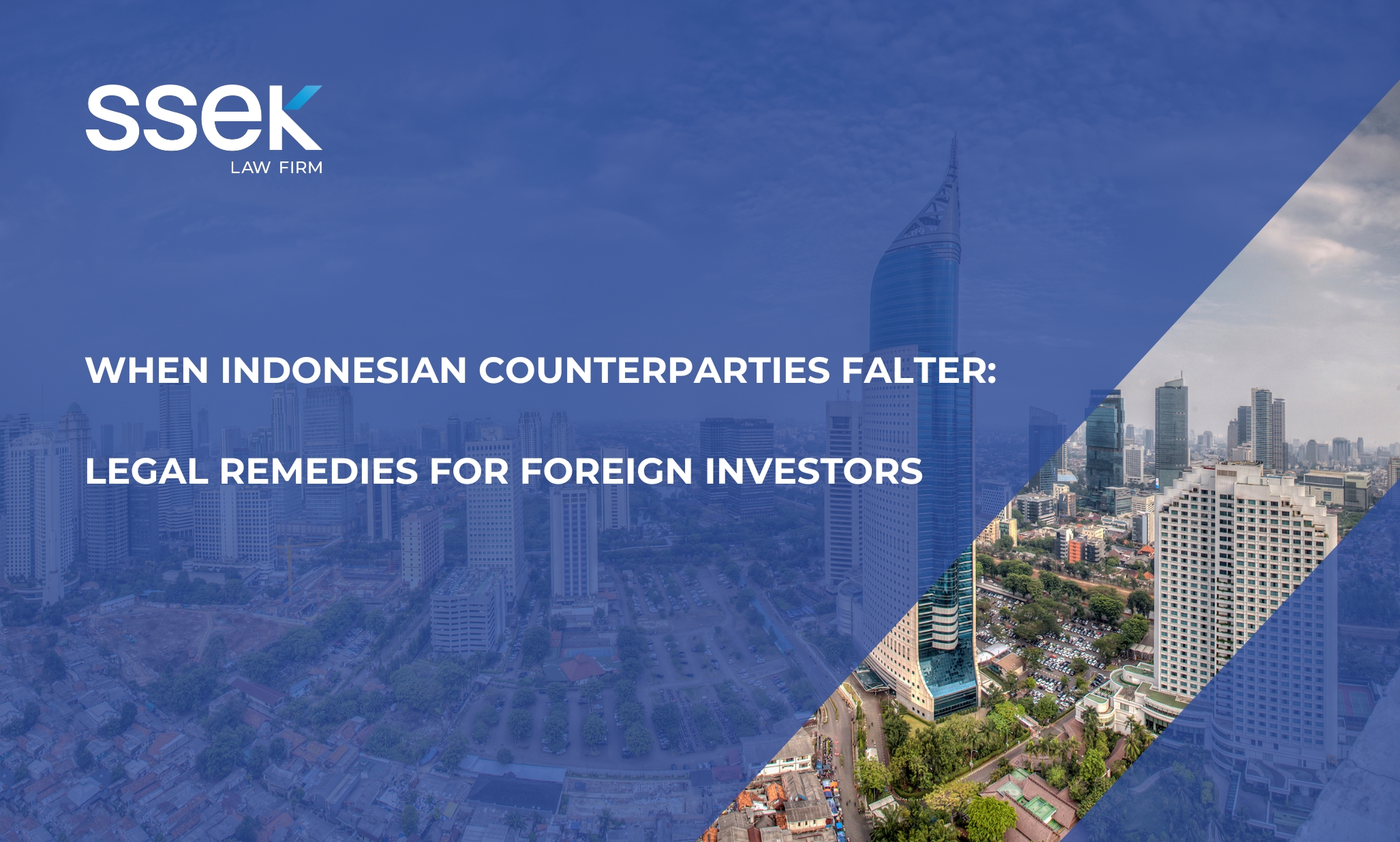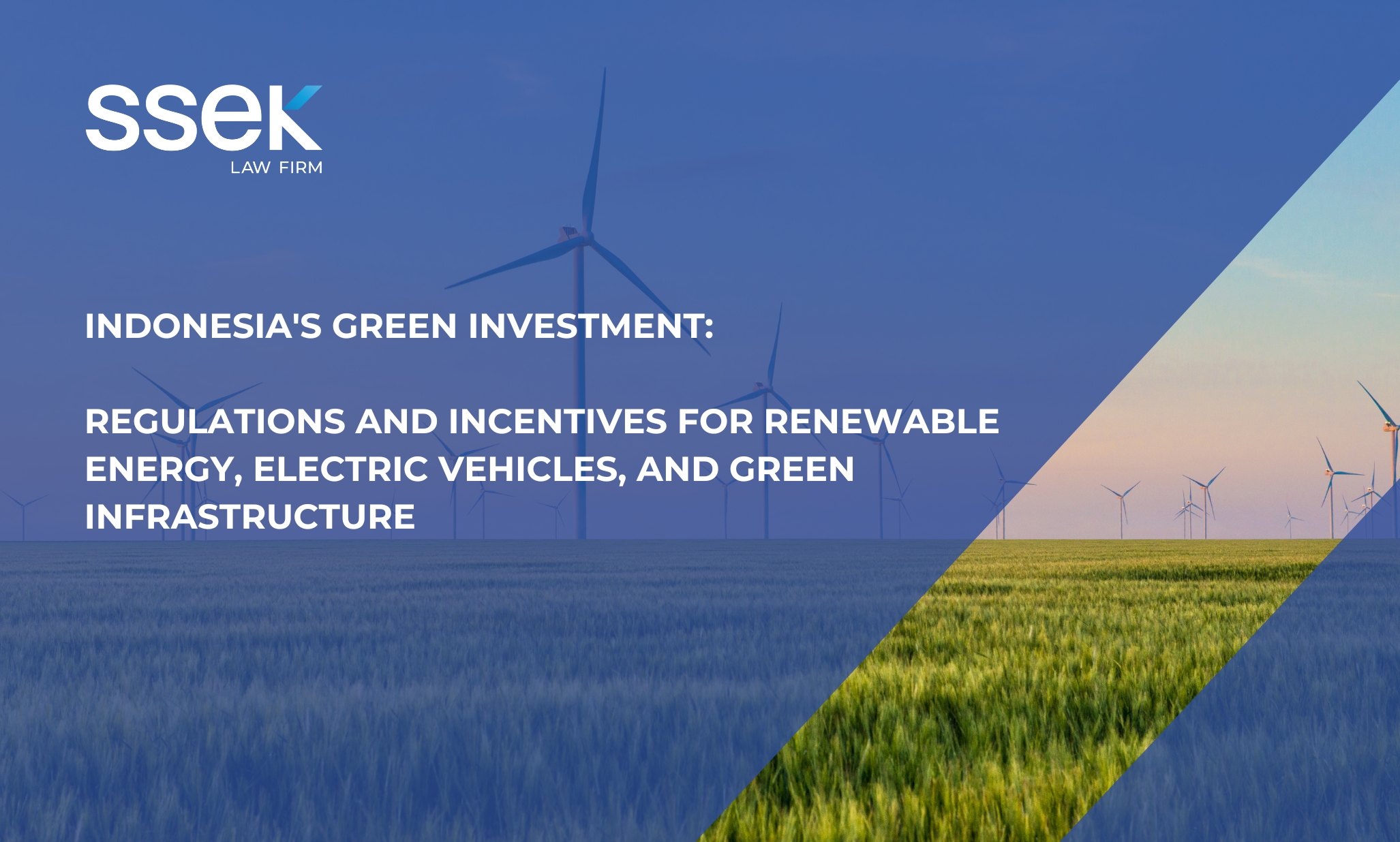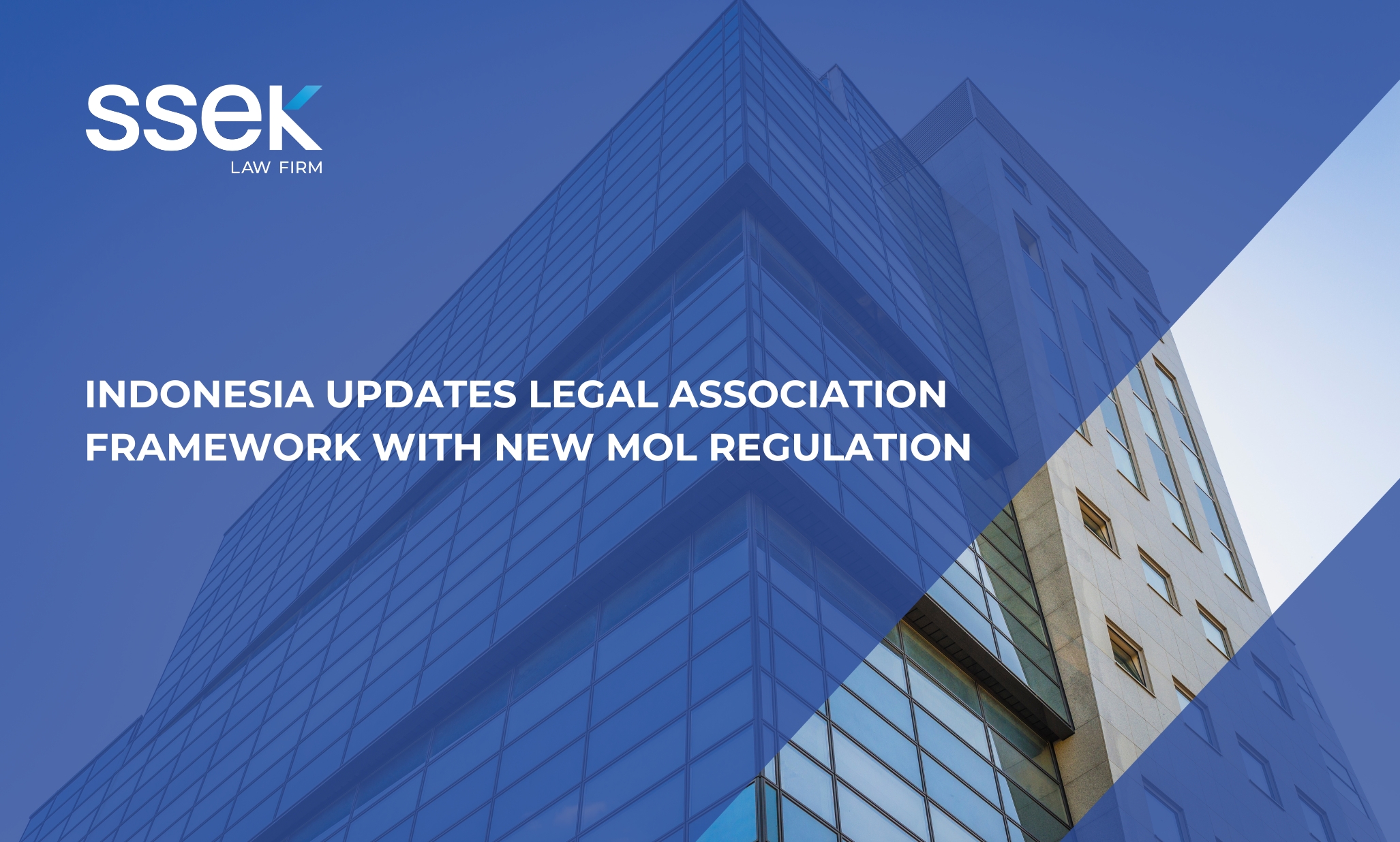

By Fitriana Mahiddin and Syahdan Z. Aziz Indonesia has approximately 150-153 trillion standard cubic feet (TSCF) of natural gas reserves. The BP Statistical Review of World Energy 2016 recorded 100.3 TSCF of proven reserves in Indonesia as of the end of 2015, with gas production reaching 75 billion m3, which is a slight decrease from 2014. Of that production, 39.7 billion m3 was used domestically and the remaining was exported. LNG dominated the export stream with 21.9 billion m3, while pipeline exports stayed at 10.5 billion m3. According to the PwC Oil and Gas Guide 2016, Indonesia has approximately 453 trillion cubic feet (Tcf) of coalbed methane (“CBM”) reserves, which would rank Indonesia sixth in the world in terms of CBM reserves. Shale gas reserves are estimated at 574 Tcf.  There were a total of 46 CBM contracts as of the end of 2015. Indonesia's main areas for gas production are South Sumatra, East Kalimantan, Natuna, Sulawesi and West Papua. LNG facilities in Indonesia include Bontang (East Kalimantan), Tangguh (West Papua) and the newest, Donggi Senoro (Sulawesi). According to a 15-year roadmap published by Indonesia's Directorate General of Oil and Gas (DGOG) in April 2016, the Government of Indonesia (Government) forecasts a need for USD 24.8 billion in investment to enhance gas infrastructure. A national gas transmission and distribution network has been developed by the Ministry of Energy and Mineral Resources (MEMR). Gas pipelines and storage facilities may be owned and operated by private companies, subject to the regulations of the MEMR and the Downstream Oil and Gas Regulatory Agency (BPH Migas). In 2015, natural gas satisfied roughly 18% of Indonesia’s total energy requirements, with 37.6% and 41.1% met by oil and coal, respectively. Currently, Indonesia's natural gas requirements are fully met by domestic production, particularly by the allocation of the domestic market obligation (DMO) of every Production Sharing Contract (PSC) Contractor.  PSC Contractors are required by law and contract to reserve a minimum of 25% of their oil and gas production for the domestic market. According to the BP Statistical Review of World Energy 2016, the ratio of Indonesia’s natural gas production to consumption in 2015 was 189%. This is expected to change as, according to the BP report, the MEMR projects that Indonesia will start importing natural gas by 2019. Nearly half of Indonesia's gas production is exported. According to MEMR data, as of October 2015, gas production reached 8,113 million standard cubic feet per day (MMSCFD) and 3,048 MMSCFD was exported.  LNG dominated the 2015 export stream with 21.9 billion m3. The biggest customers of Indonesia's LNG are Japan, South Korea and China. Pipeline exports to Singapore and Malaysia reached 10.5 billion m3. This is an excerpt from the Indonesia chapter of International Comparative Legal Guide to: Oil & Gas Regulation 2017. You can see the full chapter here. This publication is intended for informational purposes only and does not constitute legal advice. Any reliance on the material contained herein is at the user's own risk. You should contact a lawyer in your jurisdiction if you require legal advice. All SSEK publications are copyrighted and may not be reproduced without the express written consent of SSEK. This article was first published in International Comparative Legal Guide to: Oil & Gas Regulation 2017, published by Global Legal Group. For further information, please visit www.glgroup.co.uk.









